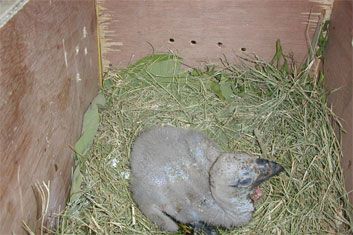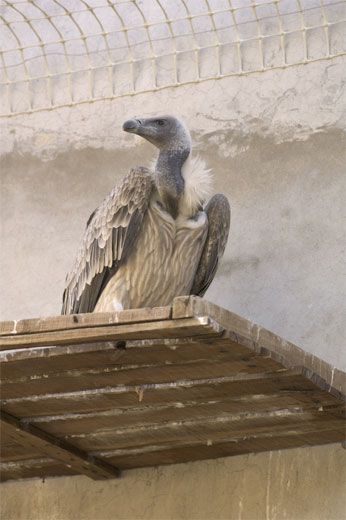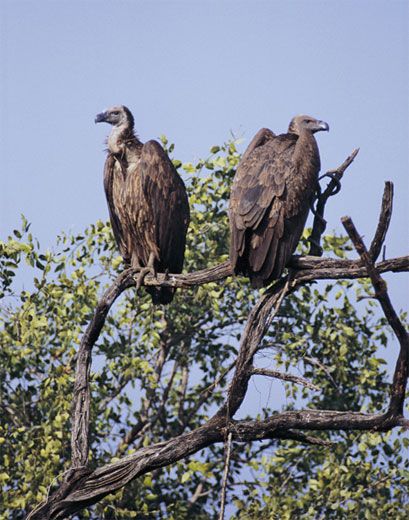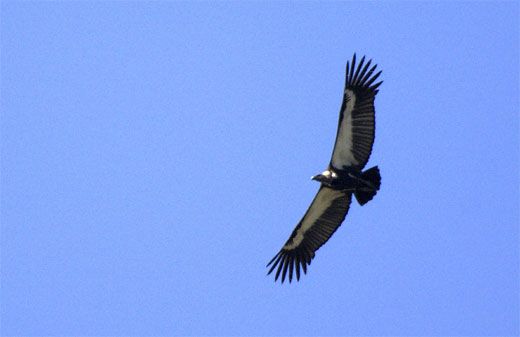Soaring Hopes
The first two Asian vultures breed in captivity
/https://tf-cmsv2-smithsonianmag-media.s3.amazonaws.com/filer/vulture2_tree.jpg)
Vulture conservationists in India had a happy New Year indeed: The first chick to breed in captivity hatched on January 1, and a second hatched four days later.
In the past decade or so, over 95 percent of India's vultures, once numbering in the tens of millions, have died after feeding on carcasses containing diclofenac, a drug given to sick or injured livestock.
Though two eggs failed to hatch last year, which was the center's first attempt at breeding, the recent births puts the program "ahead of what we dared hope," says Chris Bowden, head of vulture conservation at the Royal Society for the Protection of Birds.
Breeding Asian vultures in captivity has been a complicated process, Bowden says. Most of the captured vultures are nestlings, far younger than the breeding age of five years old, because birds that have fledged in the wild are difficult to catch. To minimize disturbance, the conservationists installed only one closed-circuit camera, which has made it hard to share images with the public. Ensuring that goat meat is free of diclofenac has required extra precautions; in addition, the price of such meat has skyrocketed.
"We know what the birds need, but getting it absolutely right is a question of trial and error," says Jemima Parry-Jones, a senior researcher at the National Aviary in Pittsburgh and a consultant to the Asian vulture breeding program. "To have two babies this year really bodes phenomenally well."
The newborns are white-backed vultures, one of three species the conservationists are trying to breed in the India-based center, along with long-billed and slender-billed. It will be another two months before the chicks become free-flying and independent.
The captive-bred birds will be held until the environment is completely free of diclofenac, says Parry-Jones, contrary to some published reports stating that the birds will be released once 25 have been raised. Bowden estimates that this process will take at least seven or eight years.
"There's a long road ahead in captivity for these birds, until we get to that state," he says. "There's a billion people in India, so it doesn't take many using diclofenac to still have a serious effect."
/https://tf-cmsv2-smithsonianmag-media.s3.amazonaws.com/accounts/headshot/eric-jaffe-240.jpg)




/https://tf-cmsv2-smithsonianmag-media.s3.amazonaws.com/accounts/headshot/eric-jaffe-240.jpg)